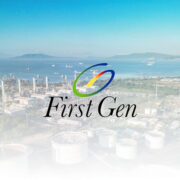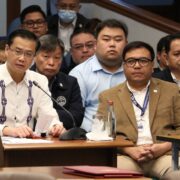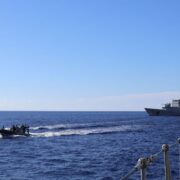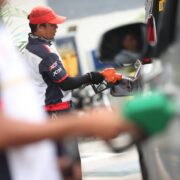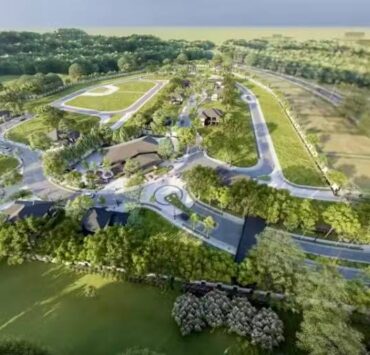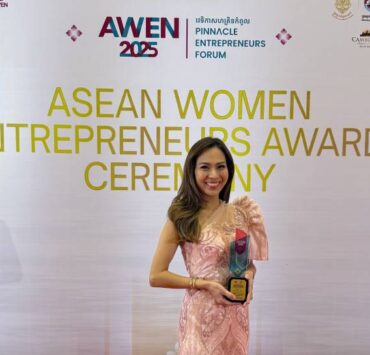Villar City surges ahead as the South’s next urban growth engine
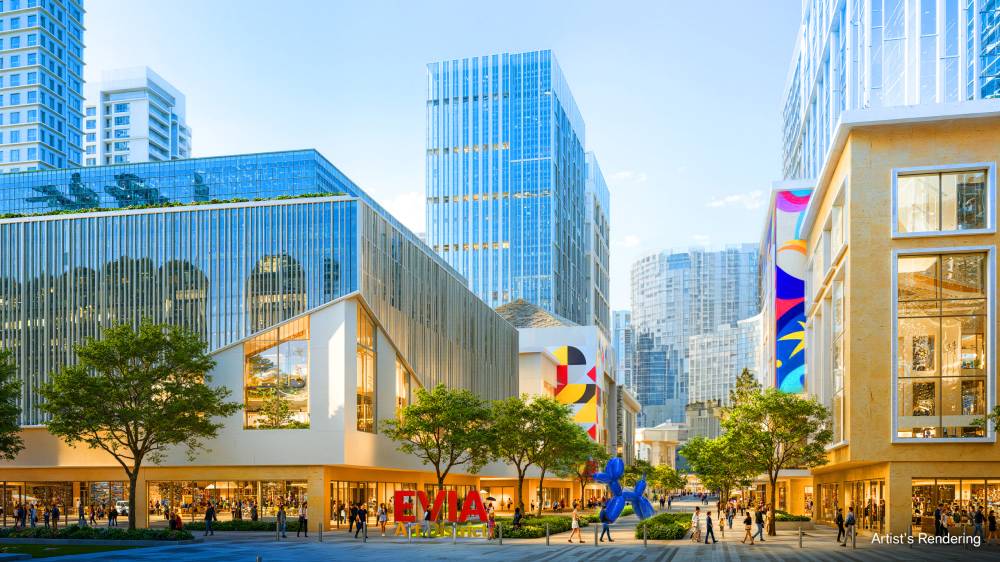
A major urban shift is unfolding in Metro South.
The 3,500-hectare Villar City is now taking shape at speed as districts, destinations, and infrastructure rise in parallel to give the megacity a clearer, more visible form.
Patterned after global megacities like New York and the polycentric urban systems of cities such as Seoul, Villar City is being built to function beyond the boundaries of its site. Its scale and connectivity allow it to serve a wider catchment of southern cities and municipalities, positioning it as an emerging center for the broader region.
This approach is evident in how growth has been unfolding—not from a single center, but through several districts developing simultaneously, reflecting the masterplan’s intent to build an expansive, interconnected city from day one.
As these districts gain momentum, their identities are also becoming more defined.
Arts district
Evia, for instance, is emerging as the megacity’s arts district. Spread across 65 ha, the district is defined by galleries, installations, live performances, and open spaces that encourage cultural engagement. Its retail, entertainment, and landscaped environments give Evia a distinct civic energy that complements the city’s commercial zones.
Besides the Evia Lifestyle Center, it also houses an events place called Brittany Palazzo.
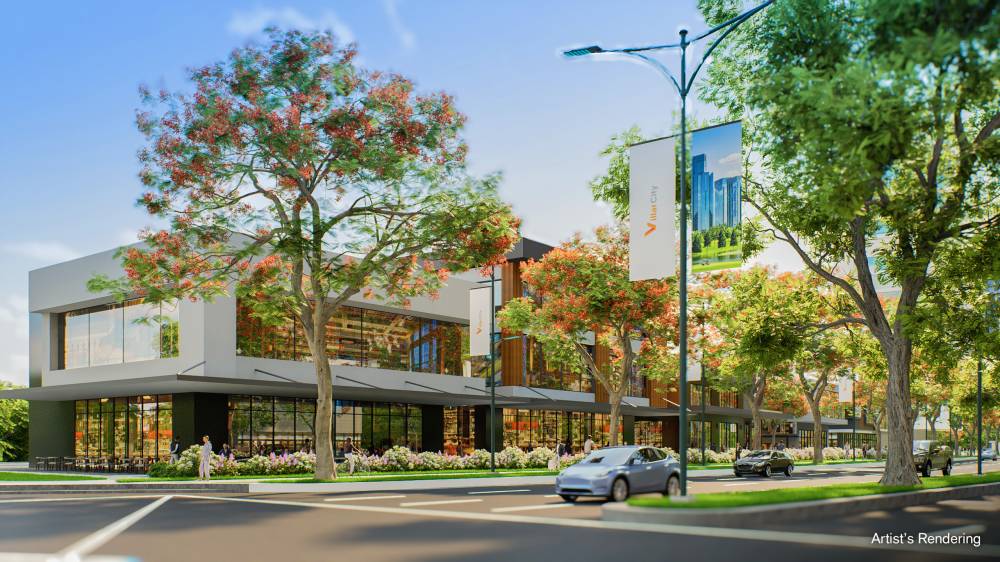
Trade and commercial hub
Nearby is the Emporia district, rising as Villar City’s international trade and commercial hub. The 100-ha district brings together business, culture, and community through walkable streets, modern retail concepts, and flexible commercial spaces anchored by SOMO and The Crescent.
Emporia’s strategic location—connected to the Muntinlupa–Cavite Expressway (MCX), South Luzon Expressway, and the Daang Hari corridor—positions it naturally as a gateway for trade and investment. Its surrounding premium residences and lifestyle hubs strengthen the district’s growing commercial gravity.
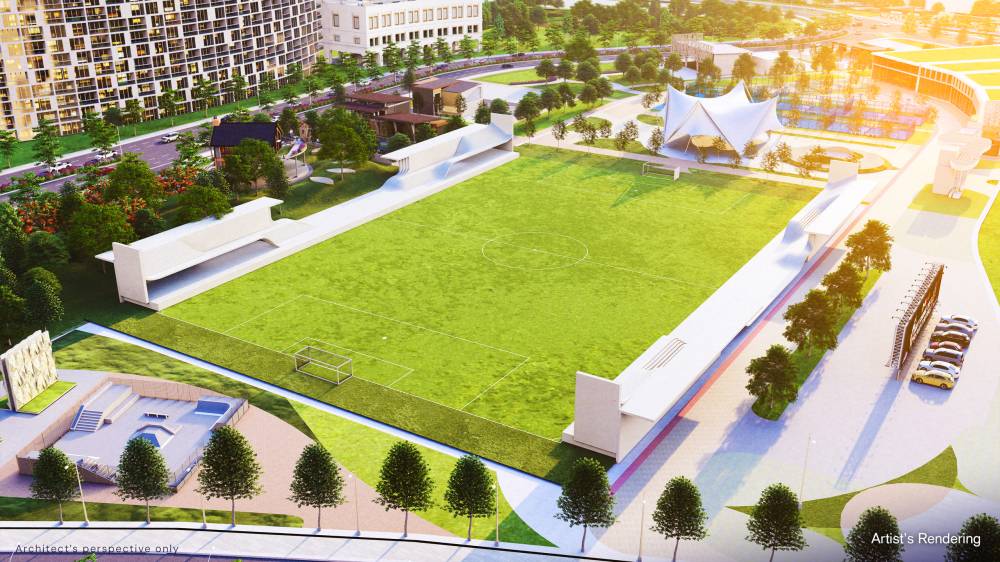
Center for education and innovation
Further south, University Town is gaining momentum as a center for education and innovation.
This 150-ha district has the University of the Philippines Dasmariñas Campus at its core, drawing students, educators, and professionals into a community designed for learning and collaboration. Modern residences, coworking spaces, and lifestyle clusters are also forming around the university, supported by The Stadium at Villar City, a state-of-the-art 30,000-sqm sports facility with courts, training zones, and a football arena that can seat 3,000 spectators.
With plans for expanded residential, commercial, and innovation spaces, University Town is steadily becoming a district built for growth and active living.
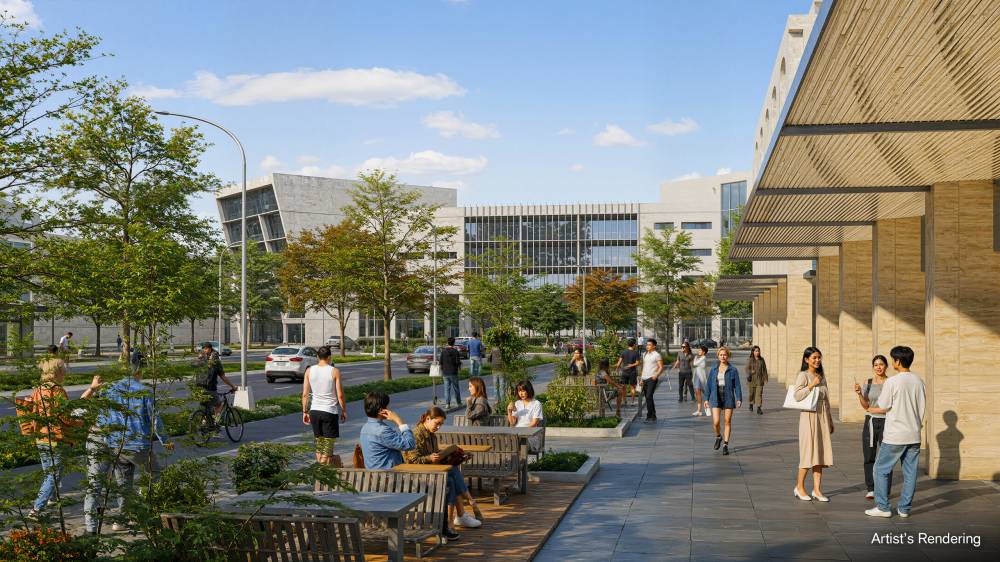
Commercial garden district
Complementing these zones is NOMO, a commercial garden district where shops, offices, and homes sit against a backdrop of landscaped streets and green pockets. It offers a calm, livable environment that balances the megacity’s busier business hubs.

Infrastructure
These districts, while distinct, form a network that is beginning to function cohesively thanks to early infrastructure investments such as Villar Avenue and MCX.
Future connections to the Cavite–Laguna Expressway and the broader southern road network will further strengthen this connectivity. The result is a megacity whose districts complement one another, advancing Villar City’s rise as Metro South’s next urban engine.
Lifestyle destinations
This momentum is evident in the city’s growing roster of lifestyle destinations including Evia Lifestyle Center, Vista Mall SOMO, and SOMO Market. More will be added to the list as Villar City secured commercial leases with leading brands like Starbucks, The Bistro Group—home to Fogo de Chao, Denny’s, and Krazy Garlik—and Petron.
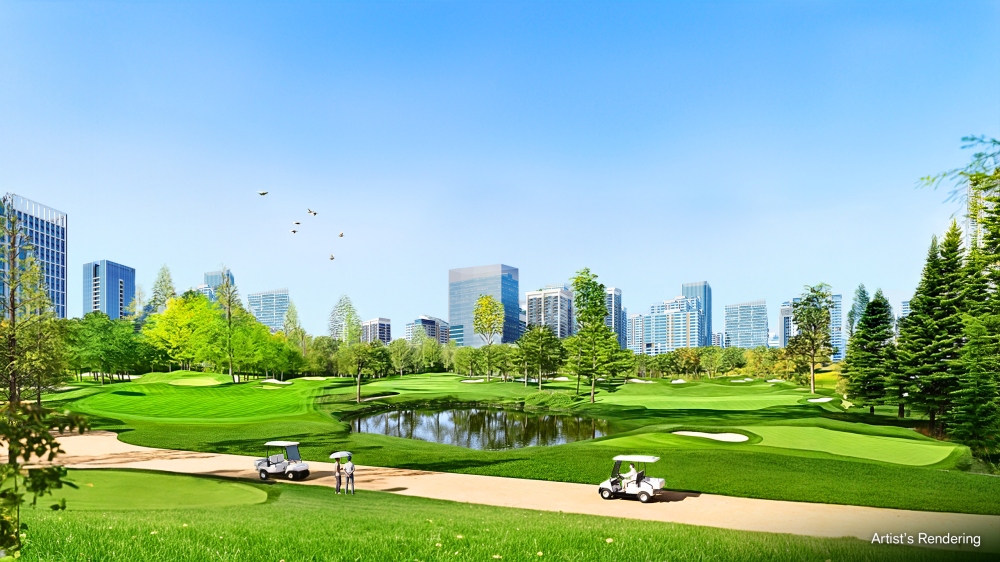
Another highly anticipated addition to this megacity is the Villar City Golf Course. Designed by Curley-Wagner Golf Design, the 18-hole course introduces a new dimension of sports tourism and hospitality to the South.
Meanwhile, Villar City’s open spaces and facilities have hosted the Toyota Gazoo Racing Philippine Cup, the Philippine Archery National Team, Philippine Navy Fun Run, as well as events by automotive firms and groups. Activities like Birding and Breakfast, Car-Free Sundays, Chalk the Walk, the Heritage Tree Christmas Lighting, nature park openings, and tree-planting drives also helped define Villar City’s emerging lifestyle identity.
Indeed, Villar City is a megacity that’s fast coming to life and fittingly rising as the next great urban engine of Metro South.


